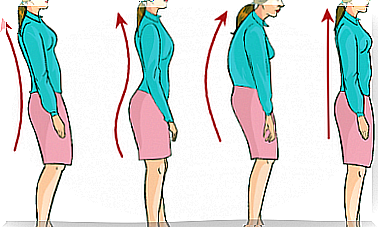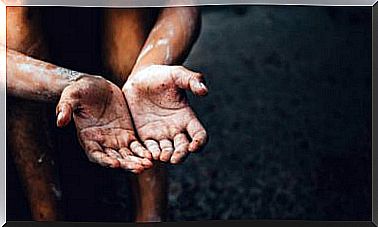Treatment Of Varicose Veins With Microfoam
Among the various alternatives that exist today, the treatment of varicose veins with microfoam is one of the most requested. What does it consist of? What are your risks? Read on to find out all about it.
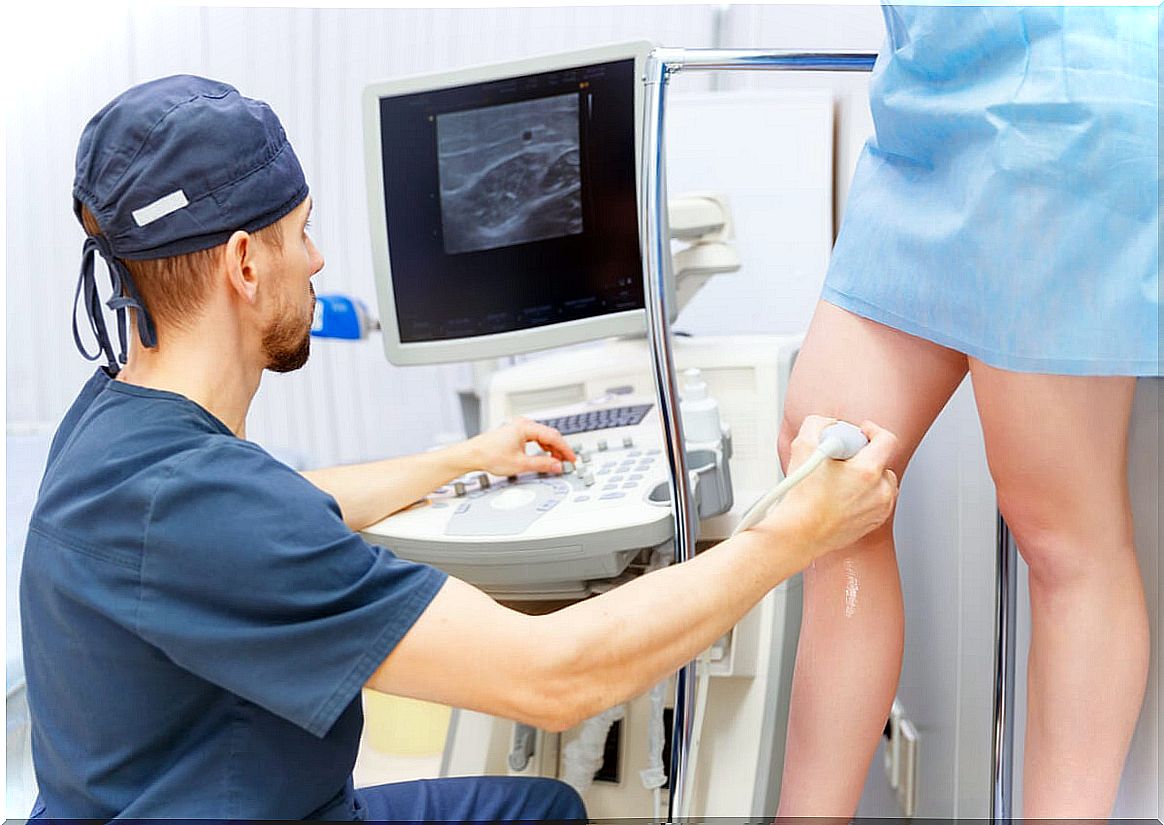
Do you know the treatment of varicose veins with microfoam? Let us remember that varicose veins, also called varicose veins, constitute a health and aesthetic problem. They are manifested either in the form of blue or purple spiders, or as a thickening and darkening of the veins.
Fortunately, there are currently several treatments that allow to minimize them. Among these, we find microfoam, which has become popular for its simplicity and good results. What does it consist of? How it is performed? In this space we detail it.
Varicose veins
Varicose veins are related to venous insufficiency. On the legs, they appear as swollen veins, with knotty-like bulges and tortuosities, not very attractive to the eye. However, there may also be obstruction of the veins in other areas and organs, such as the esophagus (esophageal varices) and the rectum (hemorrhoids).
The cause of varicose veins is usually linked to valve insufficiency or weakness of the vein walls. In turn, this is conditioned by hereditary factors, as well as by age, habits and lifestyle.
The good news is that there are several types of treatments to counteract both the causes and consequences of varicose veins. These range from changes in diet and anti-varicose exercises, to surgery, through laser therapy and other procedures.
In this case, as we have already mentioned, we will explain what the varicose vein treatment with microfoam consists of. In addition, we detail what your recovery is like and what your possible risks are. Keep reading!
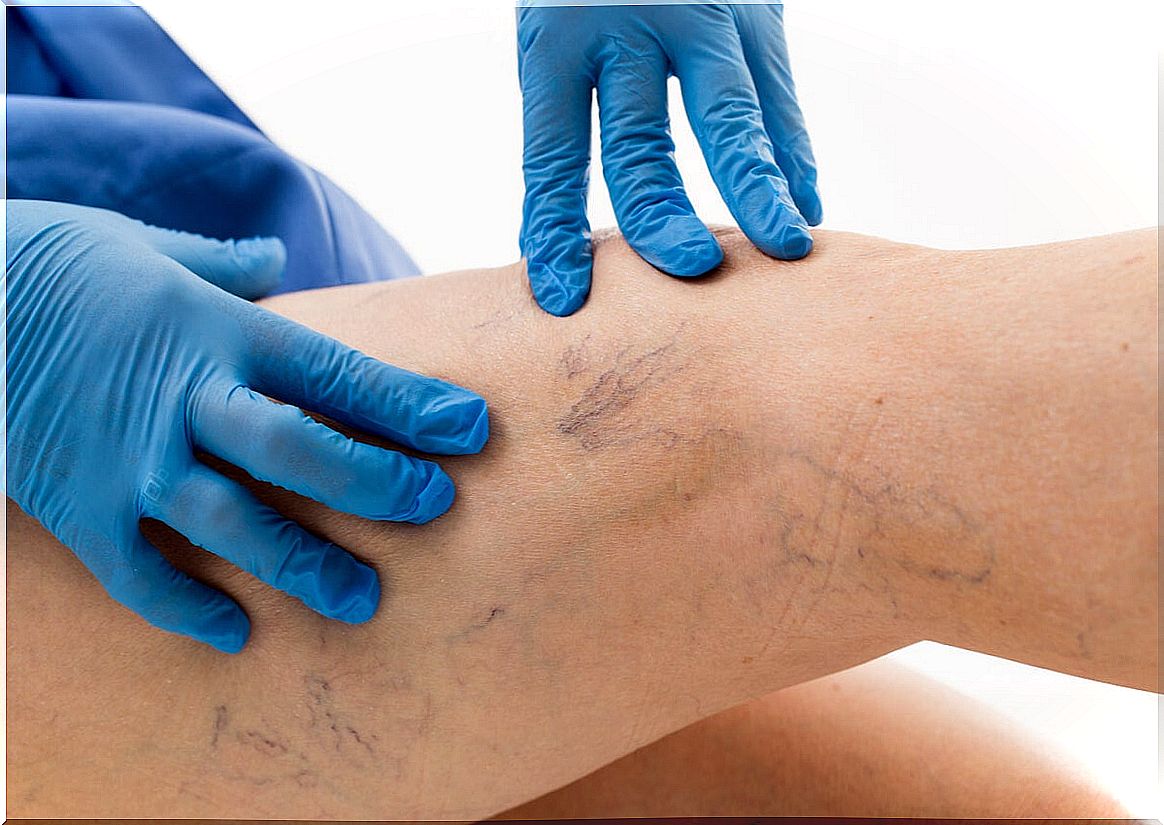
Treatment of varicose veins with microfoam
In particular, the treatment of varicose veins with microfoam consists of injecting a substance into the affected veins. This seeks to promote the hardening and healing of the internal walls of the veins in order to restrict and redirect circulation. Then, the treated veins are reabsorbed by the surrounding tissue, until they disappear.
The substance used in this procedure, polidocanol, also known as Laureth-9, is a sclerosing agent. This increases the formation of clots and scar tissue. Thus, the dilation of the affected veins is reduced, which is the most visible sign of varicose veins.
It should be noted that this treatment does not require hospitalization or anesthesia. Still, it must be done by a professional and a protocol must be followed.
Steps of the microfoam treatment
- Location of the vein to be treated by Doppler ultrasound.
- Catheter introduction.
- Injection of the microfoam through the catheter. The process is monitored all the time.
- Once the microfoam is applied, the catheter is removed and a bandage or dressing is placed where the puncture was made.
Recovery and risks in treatment
The treatment of varicose veins with microfoam is minimally invasive. Therefore, a long recovery period is not required. Even, the person can join their daily activities almost immediately. However, medical supervision must be maintained.
Also, several treatment sessions may be required to obtain good results. This will be determined by the treating physician, as well as the amount of the substance used in the sessions.
Anyway, it is convenient to bear in mind that the application of this technique carries some risks and possible side effects. Let’s see the most relevant below.
- Temporary effects: redness, bruising, darkening, visibility of vessels. These should go away with time.
- Side Effects Needing Attention: If there is inflammation, a sensation of heat, or an allergic reaction, seek medical advice. In more severe cases, small clots occur that require drainage.
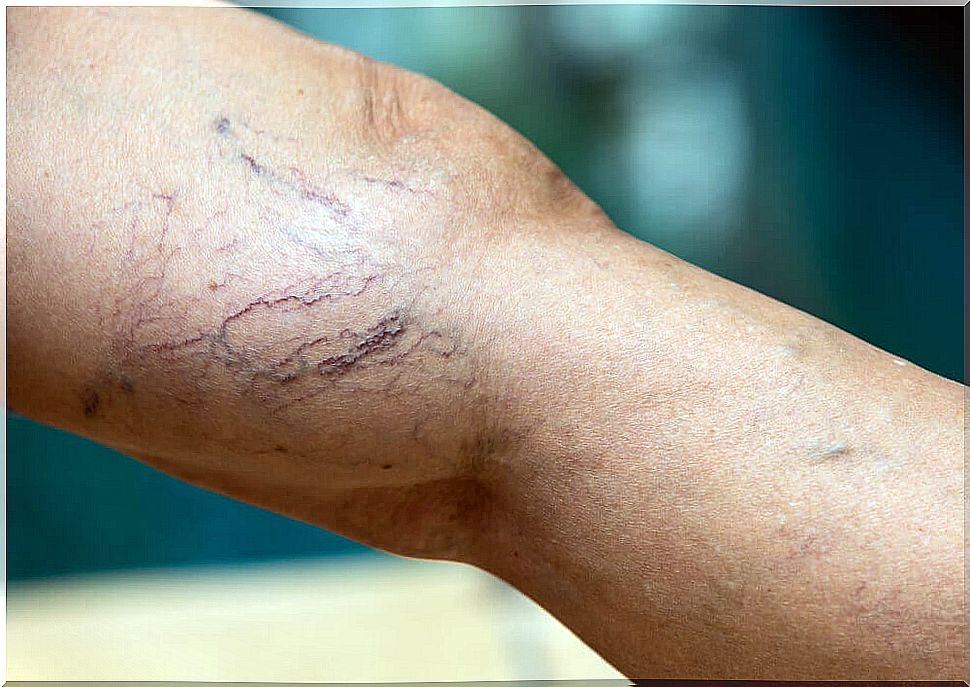
What to remember about the microfoam treatment?
Performing a varicose vein treatment with microfoam means an improvement in the patient’s quality of life from an aesthetic point of view. It can also help with other symptoms related to this condition, such as pain, swelling, and cramps.
The procedure is considered minimally invasive, but should be performed by a professional. Also, in case of adverse reactions, such as inflammation or allergy, it is necessary to seek immediate attention to avoid complications.
